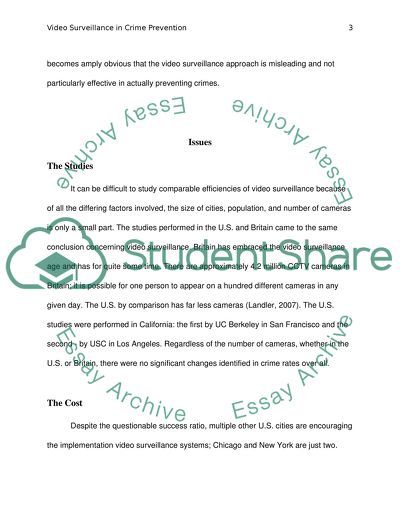Cite this document
(“Crime Prevention - Video and Data Surveillance Essay”, n.d.)
Crime Prevention - Video and Data Surveillance Essay. Retrieved from https://studentshare.org/history/1467177-crime-prevention-video-and-data-surveillance
Crime Prevention - Video and Data Surveillance Essay. Retrieved from https://studentshare.org/history/1467177-crime-prevention-video-and-data-surveillance
(Crime Prevention - Video and Data Surveillance Essay)
Crime Prevention - Video and Data Surveillance Essay. https://studentshare.org/history/1467177-crime-prevention-video-and-data-surveillance.
Crime Prevention - Video and Data Surveillance Essay. https://studentshare.org/history/1467177-crime-prevention-video-and-data-surveillance.
“Crime Prevention - Video and Data Surveillance Essay”, n.d. https://studentshare.org/history/1467177-crime-prevention-video-and-data-surveillance.


